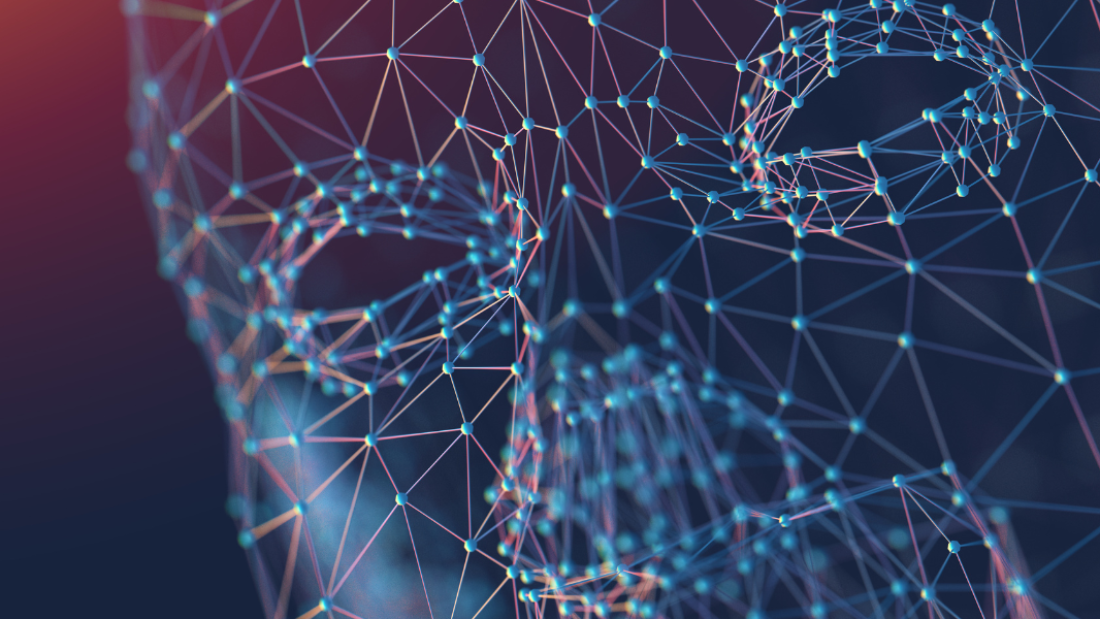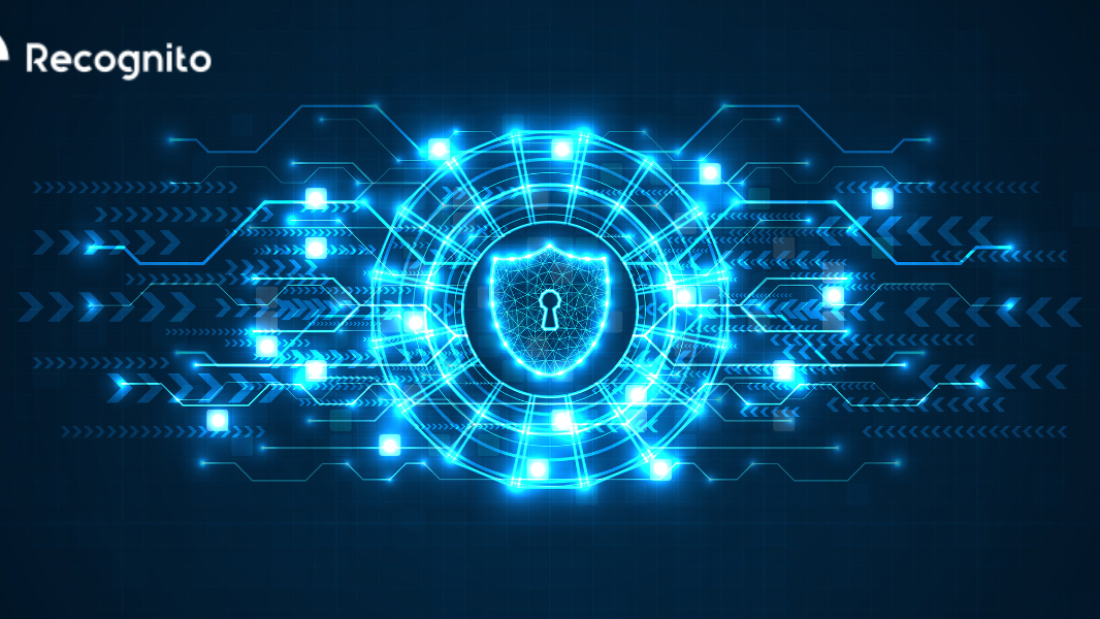In the realm of biometric technology, 3D face recognition stands out as a cutting-edge innovation. This advanced system analyzes facial features in three dimensions, enhancing security measures significantly. With roots tracing back to the late 1960s, the evolution of facial recognition has been remarkable. Initially used for surveillance purposes, 3D face recognition has now diversified into various sectors, from unlocking smartphones to securing sensitive data.
This blog post delves into the intricacies of 3D face recognition technology, exploring its applications, benefits, and future potential. Join us on this journey through the evolution of biometrics and discover how 3D face recognition is reshaping security protocols across industries.
Defining 3D and 2D Technologies
Features of 3D Technology
Three-dimensional (3D) technology utilizes depth information to create a more accurate representation of objects compared to 2D technology. It captures the spatial dimensions of an object, providing a detailed and realistic view.
3D technology offers enhanced security in face recognition systems by capturing the unique contours and shapes of an individual’s face. This ensures a higher level of accuracy in identification processes.
The depth perception enabled by 3D technology allows for better recognition in varying lighting conditions and angles. This feature significantly reduces false positives and enhances overall system performance.
Applications of 2D Technology
In contrast, 2D technology relies on traditional images captured by standard cameras without depth information. While it is widely used due to its cost-effectiveness and ease of implementation, it lacks the precision and security features offered by 3D technology.
2D face recognition methods are commonly used in scenarios where high-level security is not a primary concern, such as smartphone unlocking or social media tagging. These applications benefit from the simplicity and speed of 2D recognition algorithms.
2D cameras, with their simplified structure and lower costs, find extensive use in various industries like retail for customer analytics or in surveillance systems for basic identification purposes.
Pros and Cons
3D Technology:
Pros:
Enhanced security through depth perception.
Reduced false positives in recognition processes.
Cons:
Higher cost compared to 2D technology.
Requires specialized hardware for implementation.
2D Technology:
Pros:
Cost-effective and easy to implement.
Widely used in everyday applications.
Cons:
Limited accuracy in complex identification scenarios.
Vulnerable to spoofing attacks due to lack of depth information.
Hand Recognition in Biometrics
Apart from facial recognition, hand recognition is another biometric modality that has gained popularity. It offers unique advantages such as contactless authentication and can be integrated into various security systems for access control.
Why 3D Outshines 2D
Enhanced Security
3D face recognition surpasses its 2D counterparts by offering enhanced security features. The three-dimensional aspect captures unique facial contours, making it harder to deceive compared to flat images. This added layer of depth significantly reduces the risk of unauthorized access.
3D technology’s ability to create a detailed facial map ensures higher accuracy in identifying individuals. By incorporating depth information, 3D face recognition methods can distinguish between identical twins or individuals wearing disguises with remarkable precision. This advanced level of accuracy strengthens security protocols and minimizes the chances of false positives.
Superior Performance
In various lighting conditions, 3D face recognition systems outperform traditional 2D face recognition algorithms. The technology’s depth perception allows it to adapt to changing light angles and shadows, resulting in consistent and reliable identification outcomes. Unlike 2D face recognition, which may struggle with low-light environments or harsh shadows, 3D face matching systems excel in challenging scenarios.
The robustness of 3D face recognition technology lies in its ability to capture facial features from multiple angles. This comprehensive approach ensures accurate identification even when faced with partial obstructions or variations in lighting. By considering the spatial dimensions of a face, 3D face recognition offers a more holistic and foolproof solution for identity verification.
Flexibility and Versatility
Pros:
Improved accuracy in distinguishing between similar faces
Enhanced security measures due to depth perception
Consistent performance across various lighting conditions
Cons:
Higher initial implementation costs compared to traditional 2D systems
Limited compatibility with certain existing infrastructure
Embracing 3D face recognition technology opens up new possibilities for bolstering security measures across industries. Its unmatched accuracy, adaptability to different environments, and resistance to spoofing make it a valuable asset for identity verification processes. By harnessing the power of depth perception, organizations can enhance their security protocols and ensure reliable access control mechanisms.
Analyzing Accuracy and Robustness
Recognition Accuracy
Face recognition accuracy is a critical aspect in biometric systems. 3D face recognition offers superior accuracy compared to 2D systems due to its ability to capture depth information, making it harder to spoof.
When comparing the recognition performances of 3D and 2D systems, studies have shown that good recognition accuracy is consistently higher in 3D face recognition. This is attributed to the additional dimensionality provided by 3D data, enhancing the system’s capability to distinguish between individuals accurately.
Robust Anti-Spoofing Measures
In terms of reliable identification methods, 3D technology excels in implementing robust anti-spoofing measures. Various liveness detection algorithms are integrated into 3D face recognition mechanisms to ensure the system can differentiate between live faces and fake representations effectively.
The implementation of advanced facial recognition methods within 3D face recognition systems enhances security by incorporating sophisticated anti-spoofing techniques. These mechanisms significantly improve the system’s robustness, making it highly resistant to spoofing attacks.
Reliability in Complex Scenarios
When faced with complex scenarios, such as challenging lighting conditions or varying facial expressions, dimensional face recognition using 3D technology proves to be more reliable than traditional 2D approaches. The additional depth information captured by 3D facial recognition systems enables accurate identification even in adverse conditions.
In real-world applications where data identification is crucial, facial detection through 3D technology offers enhanced reliability. By leveraging the depth data obtained from 3D scans, these systems can overcome common challenges faced by traditional 2D methods, ensuring accurate and secure identification processes.
Exploring Cost and Complexity
Cost Analysis
Implementing 3D face recognition systems can be costly due to the depth of technology involved. The hardware required for capturing the curvature of faces in three dimensions often comes at a premium cost. The software needed to process and analyze this data adds to the overall expenses.
The initial investment for a 3D face recognition system is higher compared to traditional 2D systems. Companies need to consider not only the purchase of specialized cameras and sensors but also the maintenance costs and potential upgrades over time. While the accuracy and security benefits are significant, organizations must weigh these against the financial outlay.
Complexity Comparison
Setting up a 3D face recognition system introduces a higher level of complexity than its 2D counterpart. The additional dimensionality requires more intricate algorithms for processing and matching facial features accurately. This complexity extends to the training phase, where models must learn to identify individuals based on their unique curvature patterns.
Moreover, integrating 3D technology into existing security infrastructure can pose challenges. Compatibility issues with legacy systems and the need for specialized expertise in handling three-dimensional data further contribute to the complexity factor. Organizations venturing into 3D face recognition must allocate resources for training staff and ensuring seamless integration.
Scalability Considerations
When evaluating the scalability of 3D face recognition systems, both cost and complexity play crucial roles. As the number of users or access points increases, so do the requirements for additional hardware and software components. Scaling a 3D system involves expanding not just the physical equipment but also enhancing the computational capabilities to handle larger datasets.
On the other hand, while scaling up a 2D system may involve less financial investment, it might reach limitations in terms of accuracy and security. Organizations looking to expand their biometric recognition capabilities should carefully assess whether the added depth provided by 3D technology aligns with their long-term scalability goals.
Comparing Deployment Challenges
Integration Hurdles
Transitioning from 2D to 3D face recognition poses integration hurdles due to the fundamental differences in technology. Implementing 3D systems requires new hardware and software configurations, leading to compatibility issues with existing 2D setups.
Adapting to 3D technology involves overcoming challenges related to capturing depth information accurately. Unlike 2D images, 3D models require specialized sensors like structured light or Time-of-Flight cameras for precise depth mapping.
Infrastructure Compatibility
During deployment, one of the significant challenges faced is ensuring compatibility with existing infrastructure. Integrating 3D face recognition systems into current security frameworks and access control mechanisms can be complex and time-consuming.
Ensuring seamless connectivity between 3D devices and existing databases or servers is crucial for effective deployment. Compatibility issues may arise due to differences in data formats, protocols, or processing speeds between the old and new systems.
Evaluating Use Cases
ID Verification Applications
3D face recognition technology has revolutionized the field of ID verification applications by enhancing security measures. By capturing and analyzing unique facial features in three dimensions, this technology offers a more secure and accurate method of verifying individuals’ identities. In industries such as banking and finance, where security is paramount, 3D face recognition is increasingly being adopted to prevent identity theft and fraud.
Industries such as banking, airports, and law enforcement have embraced 3D face recognition for seamless and secure ID verification processes. In banking, customers can now conveniently access their accounts through facial recognition, eliminating the need for traditional passwords or PINs that are prone to hacking. Airports utilize this technology to enhance border security by quickly identifying travelers using biometric data stored in a database.
Innovative use cases of 3D face recognition extend beyond traditional ID verification scenarios. For example, in healthcare, this technology is utilized for patient identification, ensuring accurate medical records and preventing errors in treatment. Moreover, in retail settings, personalized shopping experiences are created by analyzing customers’ facial expressions and preferences through 3D face recognition technology.
Database Integration
The integration of 3D face recognition technology with databases has significantly improved efficiency and accuracy in various sectors. By linking facial recognition data with existing databases, organizations can streamline processes such as employee attendance tracking, access control, and customer relationship management. This integration enables quick identification of individuals based on their facial features stored in the database.
Pros:
Enhanced security measures
Streamlined processes in various sectors
Improved accuracy in identification tasks
Cons:
Privacy concerns regarding the storage of biometric data
Potential risks of data breaches if not properly secured
Future Trends and Innovations
Advancements in Research
Researchers are continuously pushing boundaries in 3D face recognition technology. They are exploring new algorithms to enhance accuracy and speed. Recent studies focus on improving computer image recognition technology to make systems more efficient.
Enhanced Lighting Techniques
Innovations in lighting play a crucial role in advancing 3D face recognition. By optimizing lighting conditions, researchers aim to improve the quality of captured facial images. This contributes to better surveillance capabilities and enhances security measures.
Evolution of Facial Features Analysis
The analysis of faces is evolving with advanced technologies. Companies like FaceTec are at the forefront, developing innovative solutions for human face recognition. They are refining models to accurately capture and analyze facial features.
Incorporation of Multi-Angle Imaging
Future developments in 3D face recognition involve capturing faces from various angles. This approach enhances system robustness by enabling accurate identification regardless of the camera position. Camera technologies are being optimized to support multi-angle imaging.
Integration of Laser Technology
The integration of laser technology is a promising innovation in 3D face recognition. Laser scanning allows for precise depth measurement, resulting in detailed facial models. This advancement enhances system performance by capturing intricate facial details.
Making the Right Choice
Business Guidelines
When deciding between 3D and 2D face recognition technologies, businesses must consider various factors. Firstly, assess the specific needs of your organization. Determine if 3D technology is essential for accurate facial representation or if 2D technology suffices.
Consider the operating environment. 3D technology excels in scenarios where lighting conditions vary or when capturing faces from different angles is crucial. On the other hand, 2D technology may be more suitable for controlled environments with consistent lighting.
Decision Criteria
Evaluate the level of security required. 3D face recognition offers enhanced security due to its ability to capture depth information, making it harder to spoof compared to 2D technology. If your business deals with sensitive data or high-security areas, 3D technology might be the better choice.
Assess the cost implications. While 3D technology typically provides higher accuracy, it comes at a higher cost compared to 2D solutions. Consider your budget constraints and weigh the benefits of increased accuracy against the additional expenditure.
Key Factors
Ensure compatibility with existing systems. Before choosing a face recognition technology, verify its compatibility with your current infrastructure and software applications. Seamless integration is crucial for a smooth implementation process.
Consider scalability and future-proofing. Opt for a solution that can scale with your business needs and adapt to future advancements in technology. Choosing a flexible system ensures longevity and reduces the need for frequent upgrades.
Pros and Cons:
Pros of 3D Technology:
Enhanced security features
Accurate facial representation
Cons of 3D Technology:
Higher cost compared to 2D solutions
Compatibility challenges with existing systems
Closing Thoughts
You now grasp the power of 3D face recognition over its 2D counterpart. The enhanced accuracy, robustness, and future potential make it a compelling choice for various applications. Understanding the cost, complexity, and deployment challenges will aid you in making informed decisions that align with your needs.
As you navigate the realm of facial recognition technologies, consider the insights shared here to optimize your choices. Embrace the innovative trends shaping this field and leverage the benefits they offer. Stay informed, stay curious, and keep exploring the transformative possibilities of 3D face recognition.
Frequently Asked Questions
What is the difference between 3D and 2D face recognition technologies?
3D face recognition captures facial data in three dimensions, providing depth information for enhanced accuracy. In contrast, 2D technology relies on flat images and lacks depth perception, making it less robust.
How does 3D face recognition outshine 2D technology?
3D technology offers superior accuracy due to its ability to capture detailed facial features from multiple angles. This results in higher security levels and lower chances of false positives compared to 2D systems.
What are the advantages of 3D face recognition in terms of accuracy and robustness?
3D face recognition excels in accuracy by capturing unique facial contours and features that are harder to spoof or replicate. Its robustness against varying lighting conditions and facial expressions further enhances security levels.
How do cost and complexity differ between 3D and 2D face recognition systems?
While initial costs may be higher for 3D systems, they often provide better long-term value due to their enhanced accuracy and security. The complexity of implementing 3D technology can vary based on specific use cases.
What are the key deployment challenges when comparing 3D and 2D face recognition technologies?
Deploying 3D face recognition may require specialized hardware or sensors, impacting initial setup costs. On the other hand, 2D systems are generally more straightforward to deploy but may lack the same level of accuracy and security as their 3D counterparts.







